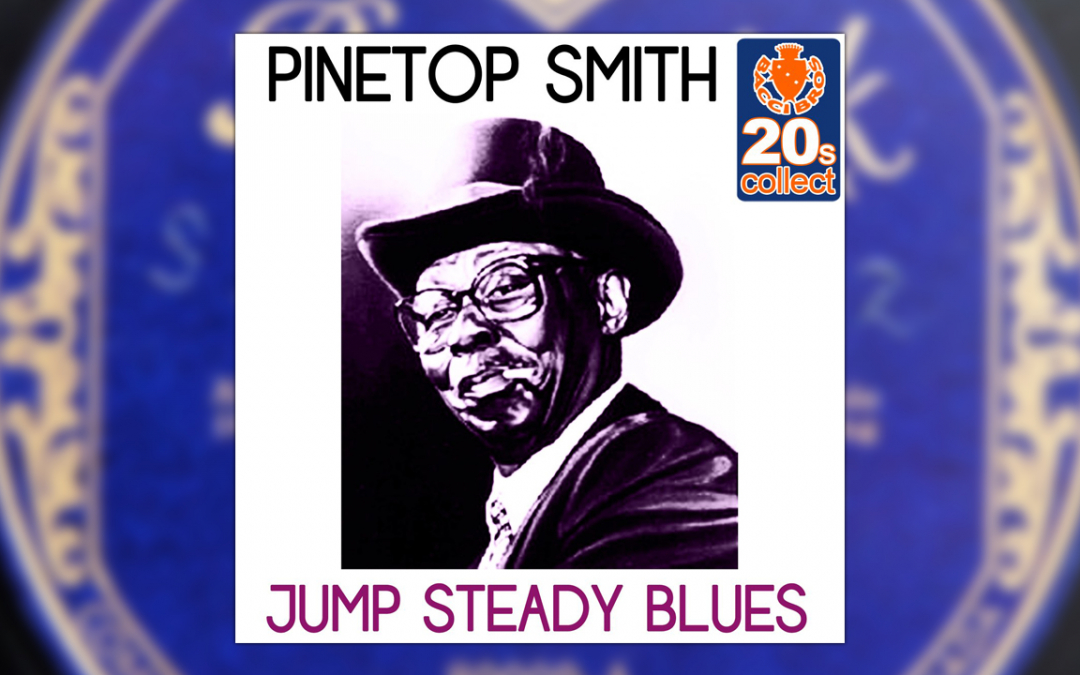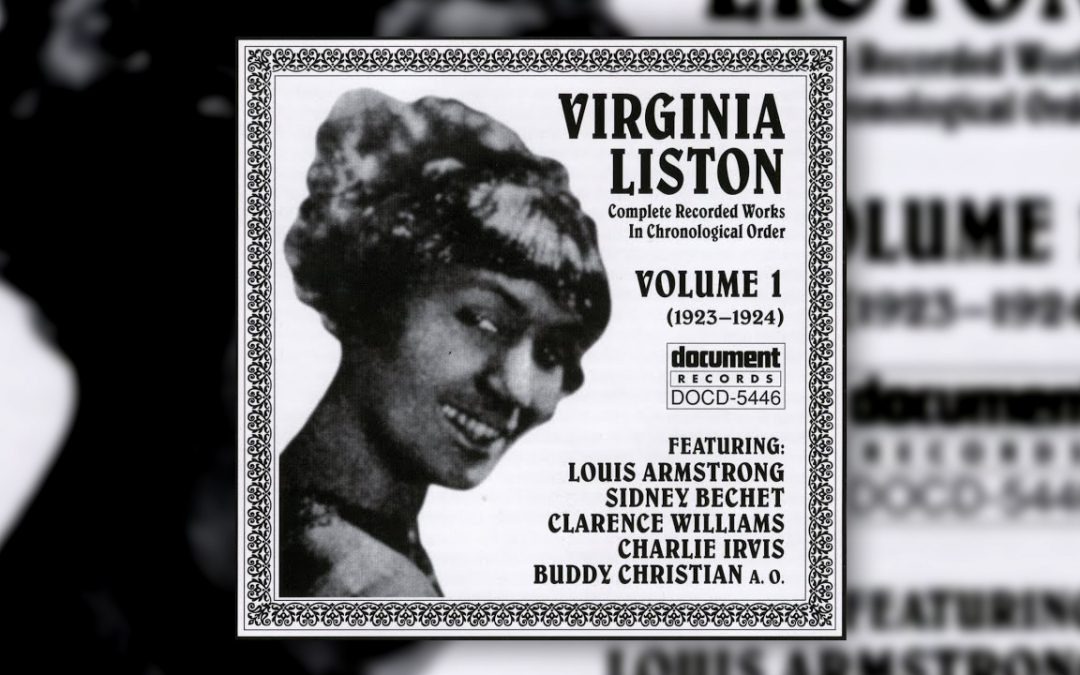
Jump Steady Blues
Jump Steady Blues
Clarence “Pinetop” Smith (June 11, 1904 – March 15, 1929), was an American boogie-woogie style blues pianist. His hit tune “Pine Top’s Boogie” featured rhythmic “breaks” that were an essential ingredient of ragtime music, but also a fundamental foreshadowing of rock and roll.[2] The song was also the first known use of the term “boogie woogie” on a record, and cemented that term as the moniker for the genre.
Smith was born in Troy, Alabama and raised in Birmingham, Alabama. He received his nickname as a child from his liking for climbing trees. In 1920 he moved to Pittsburgh, Pennsylvania, where he worked as an entertainer before touring on the Theatre Owners Booking Association (T.O.B.A.) vaudeville circuit, performing as a singer and comedian as well as a pianist. For a time, he worked as accompanist for blues singer Ma Rainey and Butterbeans and Susie.
In the mid-1920s, he was recommended by Cow Cow Davenport to J. Mayo Williams at Vocalion Records, and in 1928 he moved, with his wife and young son, to Chicago, Illinois to record. For a time he, Albert Ammons, and Meade Lux Lewis lived in the same rooming house.
On December 29, 1928, he recorded his influential “Pine Top’s Boogie Woogie”, one of the first “boogie woogie” style recordings to make a hit, and which cemented the name for the style. It was also the first recording to have the phrase ‘boogie woogie’ in the song’s title.[6] Smith talks over the recording, telling how to dance to the number.[2] He said he originated the number at a house-rent party in St. Louis, Missouri. Smith was the first ever to direct “the girl with the red dress on” to “not move a peg” until told to “shake that thing” and “mess around”. Similar lyrics are heard in many later songs, including “Mess Around” and “What’d I Say” by Ray Charles.

